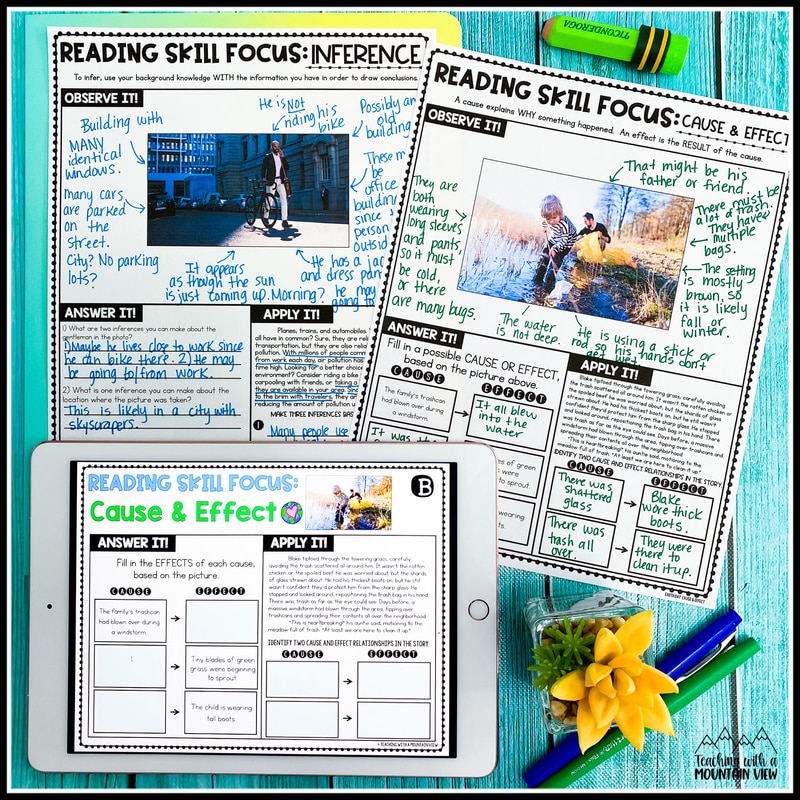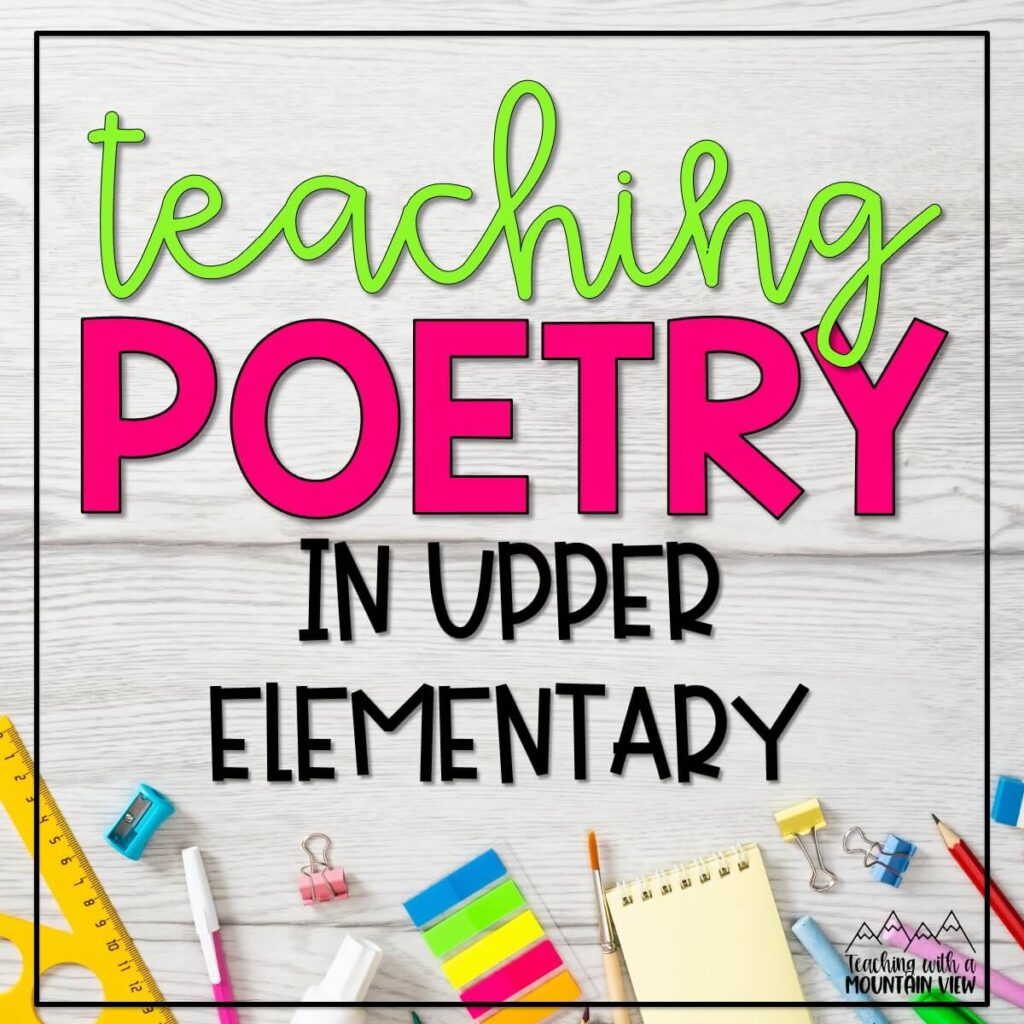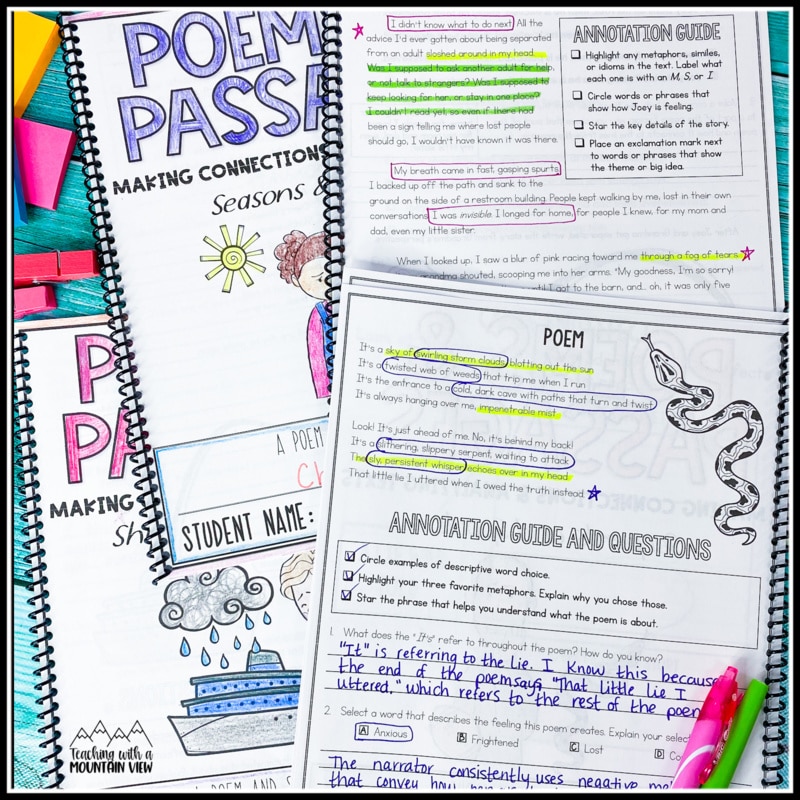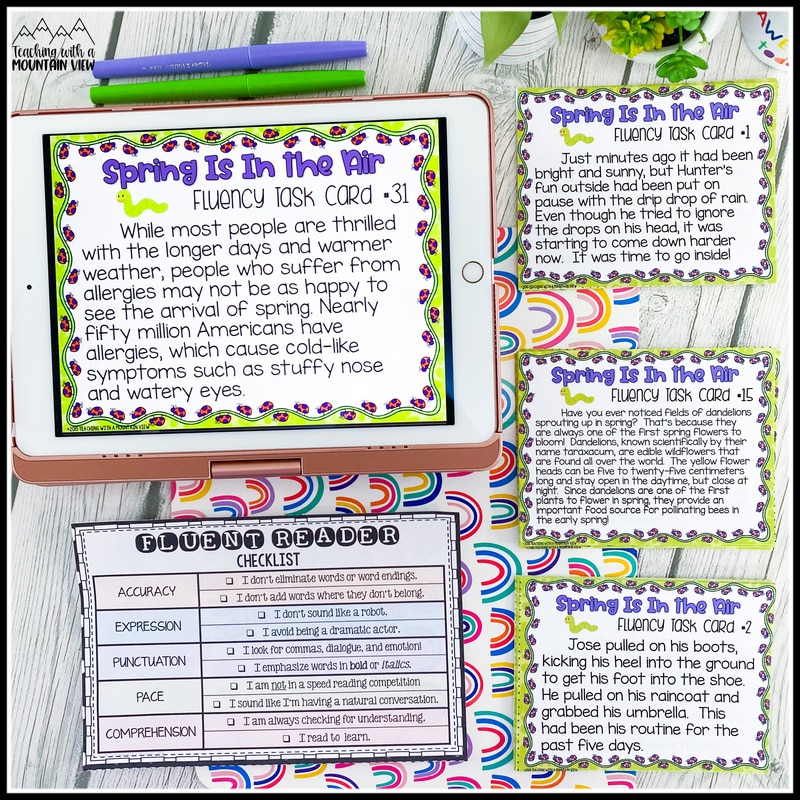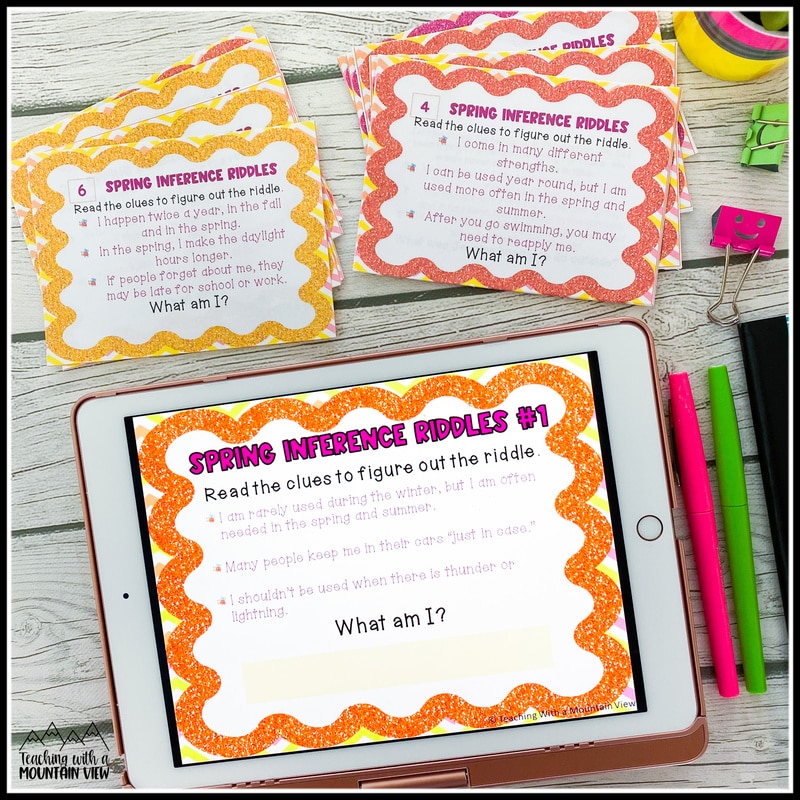April Read Alouds and Related Seasonal Activities
By Mary Montero
Share This Post:
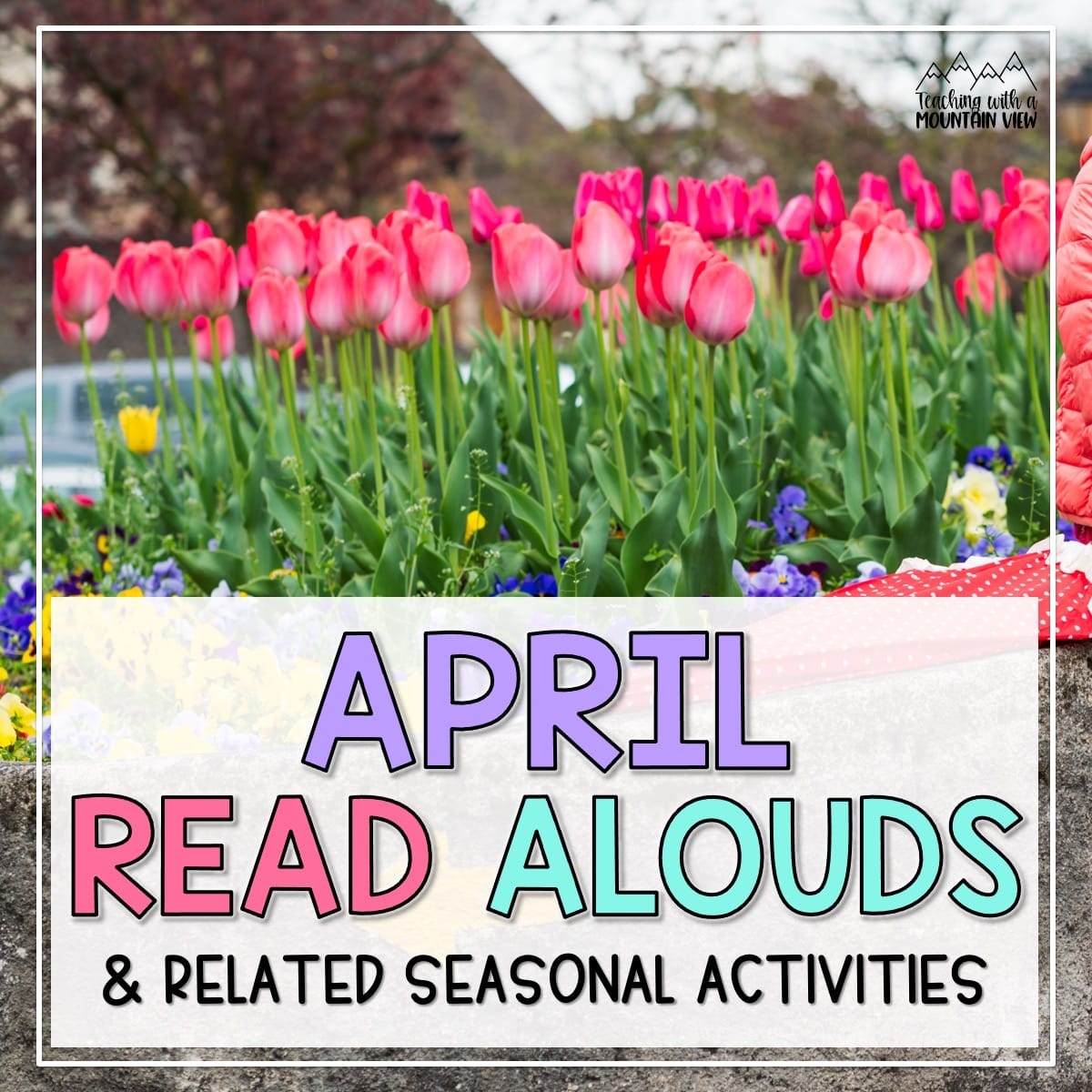
I love April in the classroom! By this point in the year, we really have become a community of learners that’s like a little family. Our classroom routines are well established, we’ve covered most of our new standards for the year, state tests are behind us. and we are ready to extend our learning in those final 6-8 weeks of school together. April also has many fun themes to choose from– Earth Day, Titanic’s anniversary, National Poetry Month, and the outdoors too. If you’ve been following along my monthly book recommendation posts, it’s time to jump into new April read aloud titles for spring!
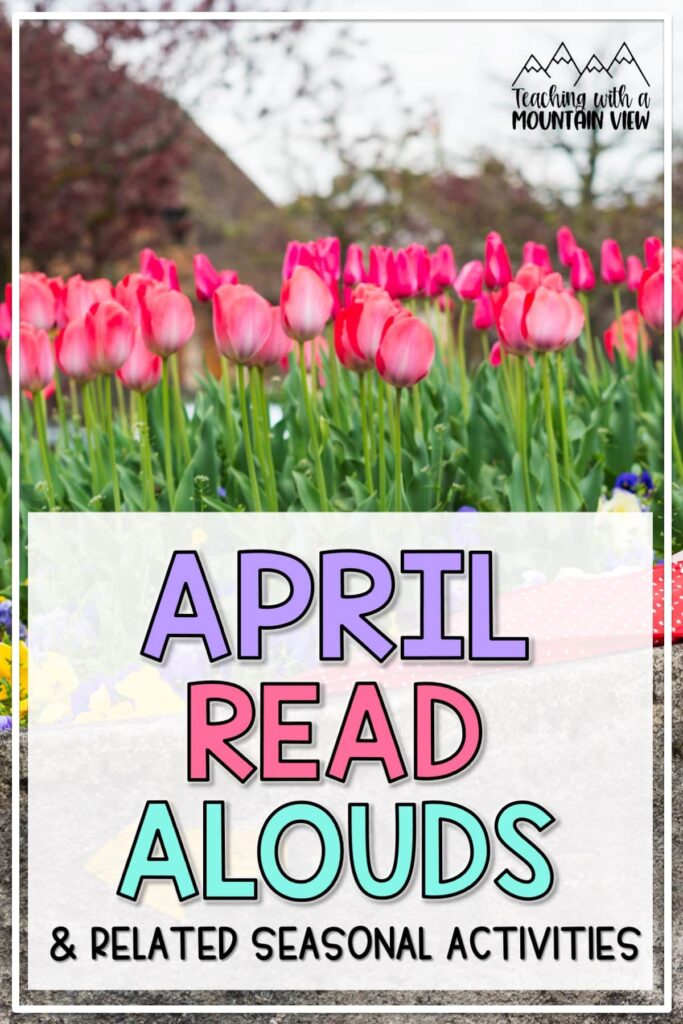
Favorite April Read Alouds
This month, I’ve divided my recommendations around four themes. You can browse them all together here in this Amazon affiliate list for easy shopping. I’ve also included Amazon affiliate links below for each individual title.
Earth Day April Read Alouds
You probably know by now that I’m a HUGE fan of using pictures to teach reading skills. I pulled together a few pages that use Earth Day themed pictures and texts that you can download for free here.
These Earth Day books are perfect to round out your unit of study!
The Boy Who Grew a Forest by Sophia Gholz — The Boy Who Grew a Forest tells the inspiring true story of Payeng and reminds us all of the difference a single person with a big idea can make.
A Hundred Billion Trillion Stars by Seth Fishman — Did you know that the earth is covered in three trillion trees? And that seven billion people weigh about the same as ten quadrillion ants? Our world is full of constantly changing numbers, from a hundred billion trillion stars in space to thirty-seven billion rabbits on Earth. Can you imagine that many of anything? This book is packed with math and science facts about our earth!
Here We Are Notes for Living on Planet Earth by Olivia Jeffers — Be it a complex view of our planet’s terrain (bumpy, sharp, wet), a deep look at our place in space (it’s big), or a guide to all of humanity (don’t be fooled, we are all people), Oliver’s signature wit and humor combine with a value system of kindness and tolerance to create a must-have book.
Earth My First 4.54 Billion Years by Stacy Mcanulty — In this funny yet informative book, filled to the brim with kid-friendly facts, readers will discover key moments in Earth’s life, from her childhood more than four billion years ago all the way up to present day.
From Tree to Sea by Shelley Moore Thomas — From the edge of the sea to a high mountain top, everything has its place in the world and all living things are connected. The world around us has a lot to tell us if we take the time to look and listen. This book celebrates the wisdom in many of the things great and small that make up our wonderful world.
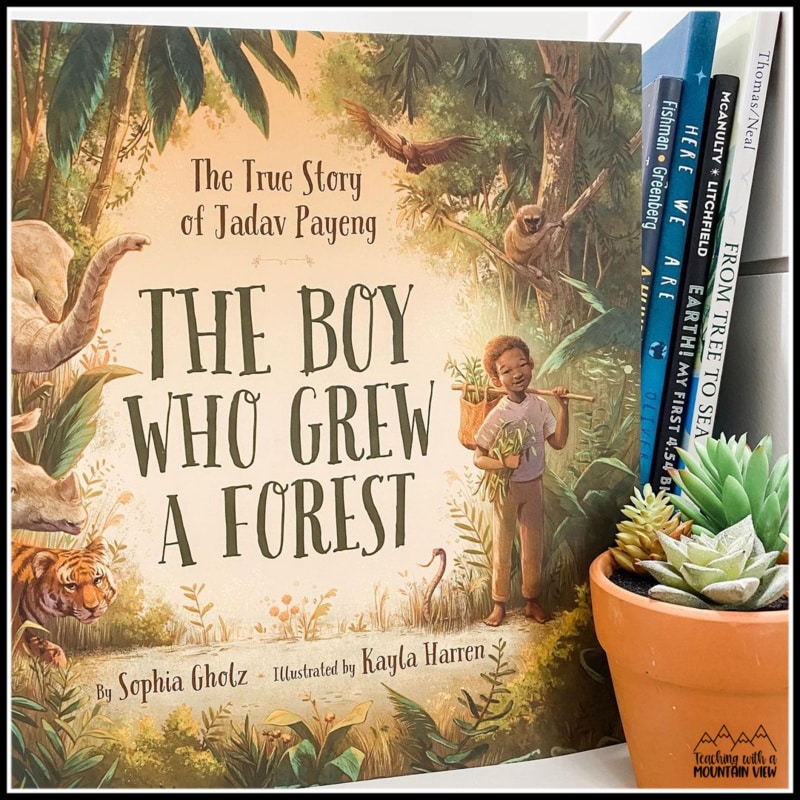
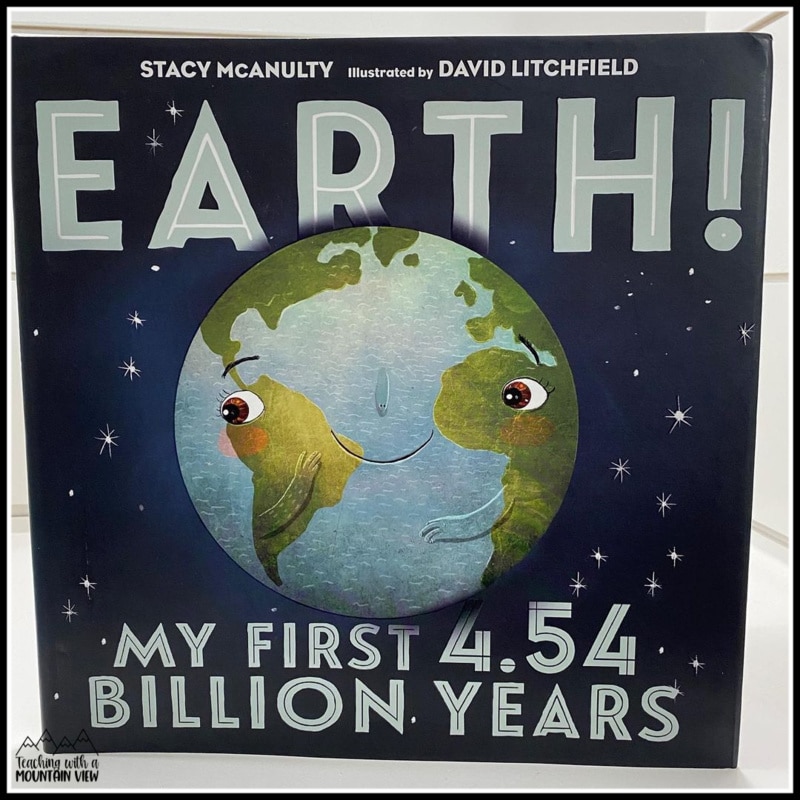
Related Earth Day Activities
If you need more Earth Day resources, I also have a math and reading project bundle that you and your students will LOVE. Designed for 3rd-5th graders, these activities combine key academic skills with real-world Earth Day topics.
For literacy, students will collect ‘badges’ to place on their printable Earth Day sash while practicing essential reading skills like inference, text evidence, and nonfiction structures. Through a variety of informational and nonfiction text (and videos! and podcasts!) students will learn about:
- The History of Earth Day
- Reduce, Reuse, Recycle
- Composting
- Pollution
- Trash and Litter
- Renewable Energy
For math, students will enjoy a fun, passport-themed approach as they collect stamps while working on skills such as fractions, graphing, and measurement conversions. Through a variety of engaging situational math projects, students will explore:
- Wind energy
- Planting trees
- Litter and trash
- Upcycled materials
- Composting
- Pollution
Teacher Tip! You can pick and choose pages to fit your students’ needs or use the full projects for a deeper learning experience
Titanic April Read Alouds
April marks the anniversary of the sinking of the Titanic. I have made it my mission to educate children about this ship, the victims, the survivors, and all of those impacted by this defining moment in history. In fact, I’ve written two Titanic books as part of my passion project! These are a few favorite titles and you can read more tips for thematic teaching using the Titanic in this post.
- Voices of the Titanic: A Titanic Book for Kids by Mary Montero (me!)
- Titanic Q&A: 175+ Fascinating Facts for Kids (History Q&A) by Mary Montero (me!)
- Explore Titanic: Breathtaking New Pictures, Recreated with Digital Technology by Peter Chrisp
- The Story of Titanic for Children: Astonishing Little-Known Facts and Details About the Most Famous Ship in the World by Joe Fullman
- LIFE Titanic: The Tragedy that Shook the World: One Century Later by Editors of Life
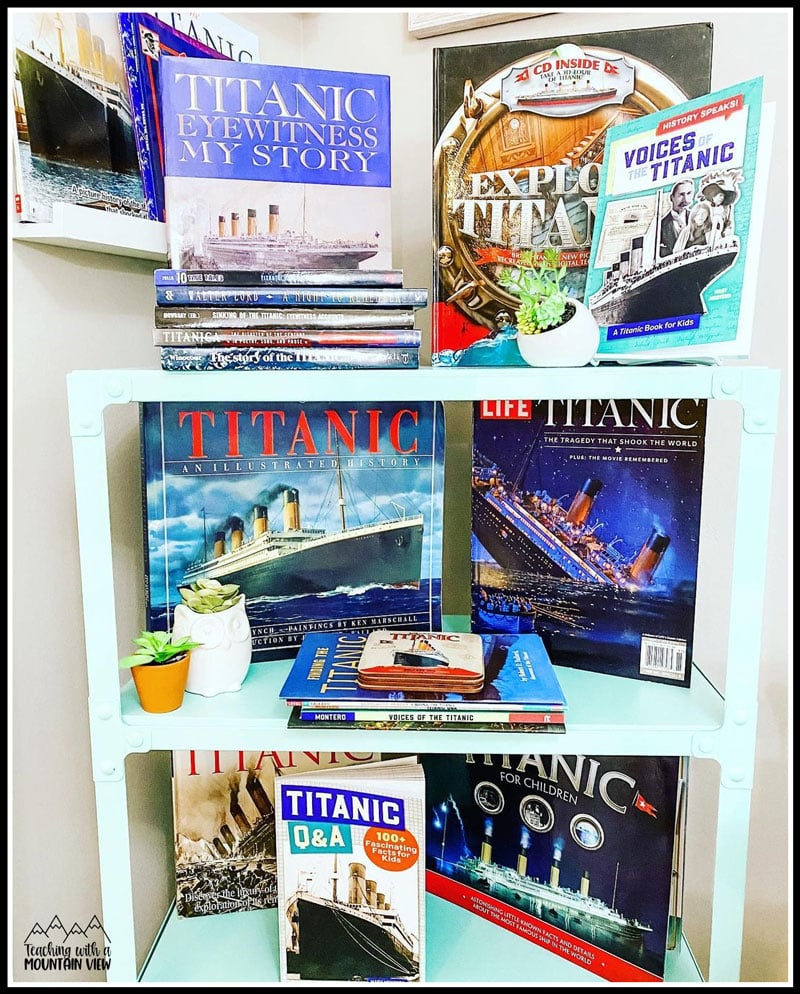
National Poetry Month April Read Alouds
April is National Poetry month, so we spend a lot of time reading and writing poems, as well as studying figurative language. This How to Teach Poetry post is a great place to start your next unit!
Here are a few favorite poetry books to use during your unit:
- Days Like This: A Collection of Small Poems by Simon James
- Book of Nature Poetry by National Geographic (National Poetry Month and Earth Day collide in this PHENOMENAL collection of poems!)
- Count Me a Rhyme: Animal Poems by the Numbers by Jane Yolen
- Least Things: Poems about Small Natures by Jane Yolen
- Out of Wonder: Poems Celebrating Poets by Kwame Alexander
- Poetry for Young People: Carl Sandburg by Frances Bolin
- Lemonade Sun: And Other Summer Poems by Rebecca Dotlich
This paired passages bundle is another rigorous way to practice poetry and comprehension skills. Each set (one poem and one story) includes annotation guides for each passage or poem and text-based comprehension questions for each piece of writing. It also includes additional pages of tasks that require students to Analyze, Apply, Evaluate, and Create based on the paired passages.
Outdoor April Read Alouds
Spring is the perfect time to talk about weather (hello, April showers!) and things starting to bloom outside again.
Up in the Garden and Down in the Dirt by Kate Messner — I’m working REALLY hard to embrace all that is up in the garden and down in the dirt, even though I fear alllllll things creepy and crawly and buzzy. I just LOVE this book, and so do my kids! Every time we pull this out, we end up outside talking about everything we can see. It’s a great book to tie in with science topics!
A Camping Spree with Mr. Magee by Chris Van Dusen — Can you name a picture book you have read at least 20 times? For me, this one makes that list! This fun book is all about adventures that await outside on a hilarious camping trip.
Ten Beautiful Things by Molly Beth Griffin — Whether you teach kinder or 5th grade, this is the perfect book to read as the school year is winding down. It encourages students to find the beauty all around them. The writing in this book is stunning, too! It offers fabulous extension opportunities, where you can encourage students to write their own list of ten beautiful things they see over out the window.
Up North at the Cabin by Marsha Wilson Chall — This is THE book you need when teaching figurative language, primarily metaphors. It’s a great mentor text and lends itself really well to letting kids replicate it and create their own metaphors.
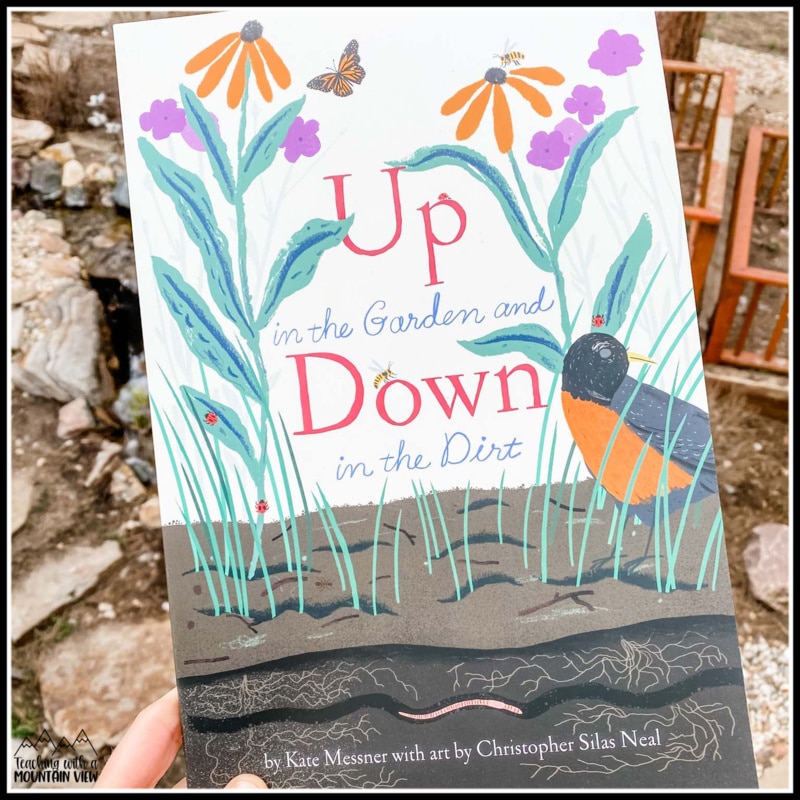
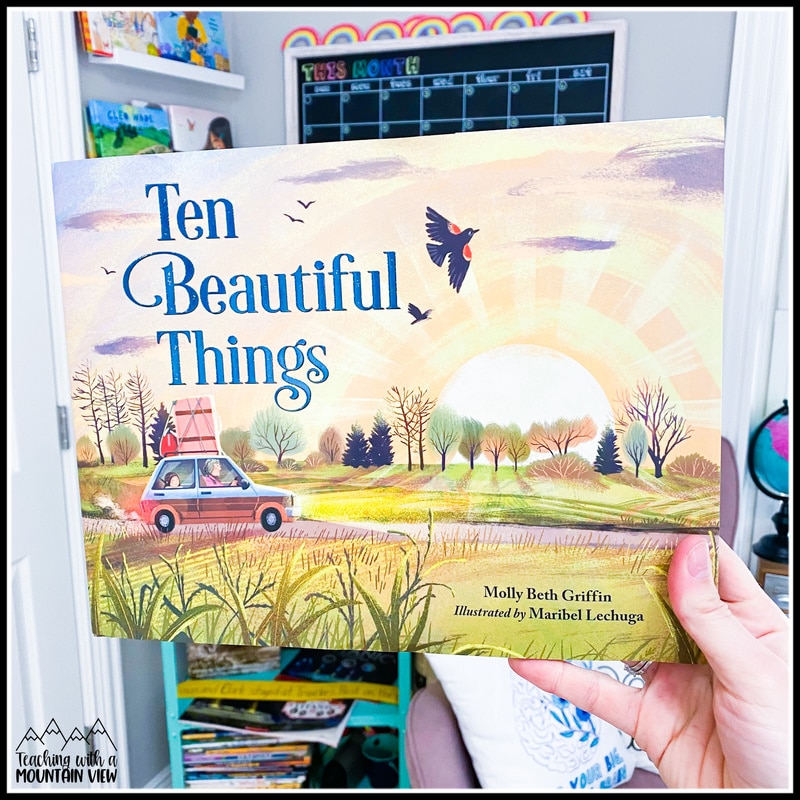
This FREE spring garden math concept pictures fits in perfectly with the books above too! You can learn more about using math concept pictures in this post.
More Seasonal Spring Resources
I frequently update the task cards in our centers to keep things fresh. Right now we’re using these Spring Inference Riddles, Spring Fluency Task Cards, and April Reading Task Cards.
These Spring Context Clues activities are SO fun and earn bonus points because there is NO PREP required. They can be used as literacy centers, or break them up into several engaging reading lessons that align to Common Core Standards. This resource includes 6 high-interest context clues reading activities that are sure to keep your students engaged! The topics are all aligned with spring:
- The Life of a Flower – Find the meaning of the underlined word in the secret messages found inside an informational passage on plants.
- Fancy Flowers – Examine a fictional Instagram page to use context clues to decipher the meaning of underlined words.
- Garden Party – Use context clues to figure out the meaning of underlined words in an email invite to a spring party!
- Mad Libs Madness – Complete a letter with words that make sense in a mad-libs-style writing activity.
- An Egg-cellent Egg-Stravaganza – Use context clues skills to fix a newspaper release about a local egg hunt.
- Here Comes The Sun– Use context clues to figure out the best definition for each underlined word in a fictional spring festival poster.
Join the Free Facebook Group
Need even more spring ideas? Come join our FREE upper elementary Facebook group to connect and brainstorm with other teachers every day!
Mary Montero
I’m so glad you are here. I’m a current gifted and talented teacher in a small town in Colorado, and I’ve been in education since 2009. My passion (other than my family and cookies) is for making teachers’ lives easier and classrooms more engaging.







